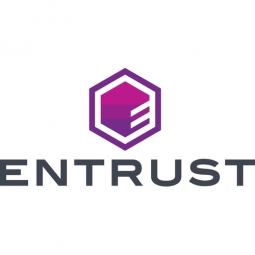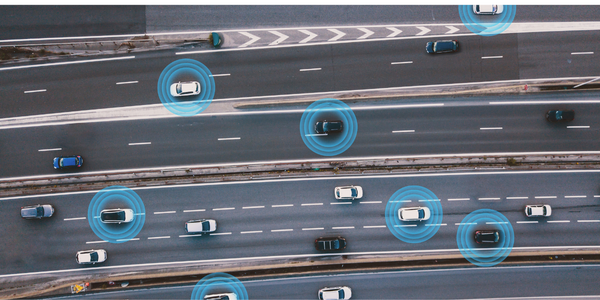Entrust
Case Studies
Entrust Works with Microsec to Enhance V2X Communication Safety
Overview
 |
Entrust Works with Microsec to Enhance V2X Communication SafetyEntrust |

|
Cybersecurity & Privacy - Identity & Authentication Management | |
Automotive Transportation | |
Vehicle-to-Infrastructure | |
Cybersecurity Services | |
Operational Impact
ECTL (European Certificate Trust List) Level 0+ registered SaaS solution, supported by Entrust HSMs (HSMs). Background: The European Union’s European Certificate Trust List (ECTL) currently has three levels of trust (L0/L1/L2) in its Trust List Manager: L0 – Just a simple CA certificate is required, with no protection mandated L1 – The CA and generated certificates need to be audit ready L2 – The CA is audited based on EU C-ITS certificate policy | |
License, hardware and know-how for on-premises implementations. | |


